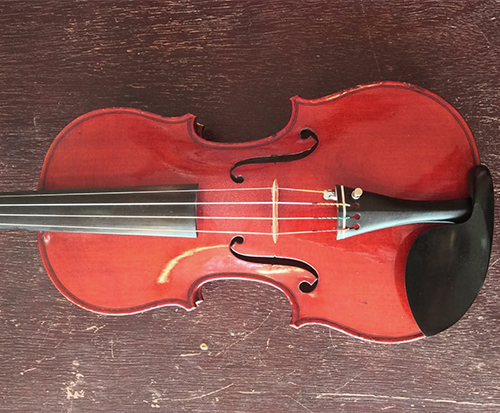The Fascinating World of Violin Fingerboards

The fingerboard is an essential component of the violin that greatly influences the instrument’s playability, sound production, and overall performance. Positioned along the neck of the violin, the fingerboard provides a smooth surface for the violinist’s fingers to press down on the strings, enabling the production of different pitches and notes. Here we will embark on a journey into the fascinating world of violin fingerboards, exploring their function, construction, and the impact of different materials on sound production and playability.
- Function and Playing Technique
The primary function of the fingerboard is to provide a stable surface for the violinist’s fingers to press down on the strings, altering their length and thus producing different pitches. The smooth and even surface of the fingerboards allows for precise finger placement, enabling accurate intonation and facilitating various playing techniques such as vibrato, glissando, and double stops.
- Construction and Materials
Violin fingerboards are typically made from select hardwoods, with ebony being the most commonly used material due to its dense and durable properties. Ebony fingerboards offer excellent stability and durability, providing a reliable surface for the strings. However, other hardwoods such as rosewood, boxwood, and maple can also be used, each imparting its unique tonal characteristics and aesthetic appeal.
- Impact on Sound Production
The choice of Violin fingerboards material can influence the sound production of the violin. While the fingerboard itself does not directly generate sound, it plays a role in transmitting vibrations from the strings to the violin’s body. Different materials can affect the transfer of vibrations, influencing the instrument’s overall tonal quality, resonance, and projection. Ebony, known for its density, is favored for its ability to enhance clarity and focus in the instrument’s sound.
- Playability and Comfort
The Violin fingerboards construction and craftsmanship significantly impact playability and comfort for the violinist. A well-shaped and smoothly finished fingerboard ensures ease of movement, allowing for fluid shifts, precise finger placement, and comfortable playing. It should have a slight curvature, known as the fingerboard radius, which facilitates bow clearance and prevents buzzing or unwanted string contact with the fingerboard.
- Maintenance and Care
Proper maintenance and care are essential for preserving the fingerboard’s condition and performance. Regular cleaning and wiping with a soft cloth can help remove rosin buildup and maintain a smooth playing surface. It is also recommended to periodically check the fingerboard for any signs of wear, such as grooves or unevenness, which may require professional attention to restore optimal playability.
Conclusion
The world of violin fingerboards is both fascinating and integral to the instrument’s playability and sound production. Understanding their function, construction, and the impact of different materials allows violinists to make informed choices and appreciate the nuances of their instruments. With proper maintenance and care, the fingerboard can provide a stable and responsive surface for violinists to explore the vast possibilities of their musical expression. Embrace the world of violin fingerboards and unlock the full potential of your violin-playing journey.

Leave a Reply